You’ve made an alcohol-based tincture with cannabis or herbs. Now you’re ready to evaporate the alcohol to remove the burn, concentrate the volume, or make FECO – but you’ve heard it can be potentially dangerous. Have no fear! This guide will review all the different ways to evaporate alcohol from cannabis tinctures safely and effectively.
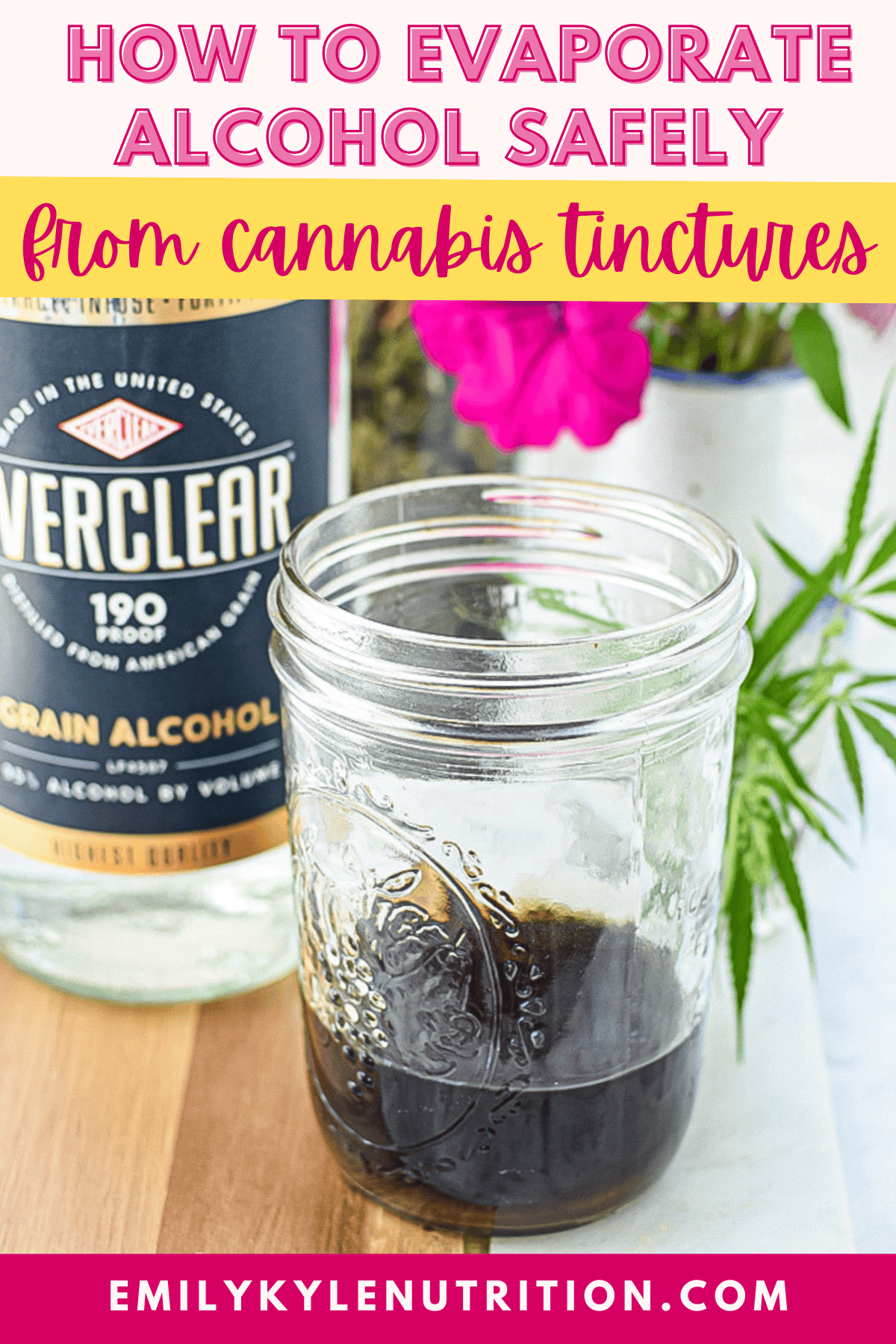
Table of Contents
Article Features
- Safety considerations for evaporating alcohol
- No-heat and low-heat options
- Want to make it easy? Skip the hard work, order high-quality cannabis products from my shop, and have them delivered straight to your door – now shipping across the United States!
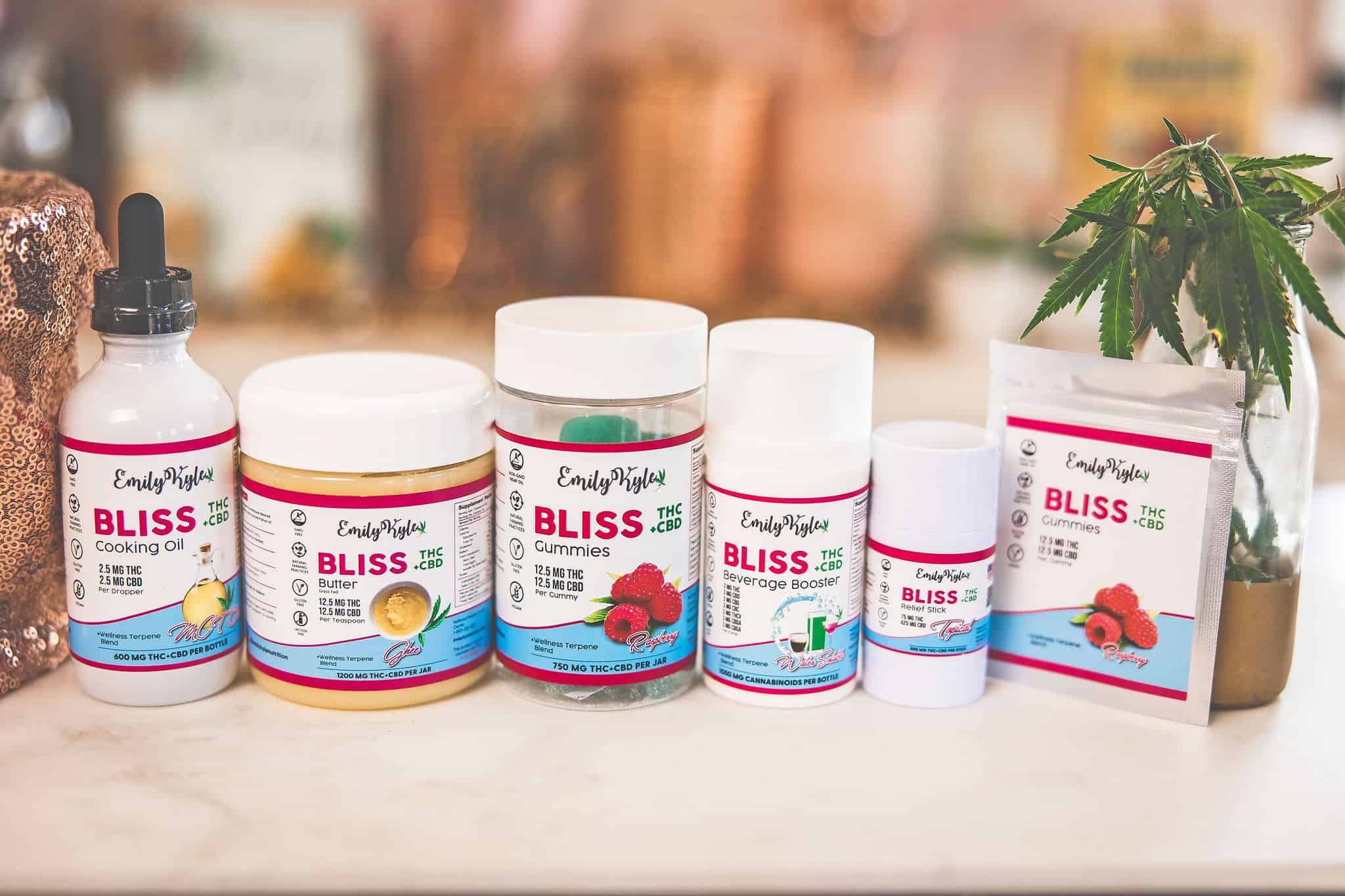
Why You Will Love This Guide
Let me guess. You’ve made – or want to make – an alcohol-based tincture like the Green Dragon or Golden Dragon with cannabis or other herbs.
You’ve heard that they’re a great way to medicate and reap the benefits of the plant.
But you’re currently stuck with – or worried about – the unpleasant, burning alcohol mixture that doesn’t taste or feel good.
So, what can you do to fix the problem? Evaporate the alcohol.
But how…especially when the process can be potentially dangerous?
Don’t worry. In this guide, I will teach you how to evaporate alcohol safely so you can eliminate the burn, concentrate your tincture for use in recipes, and easily make FECO, or full-extract cannabis oil.
Why Evaporate The Alcohol?
If you’ve used any of my tincture recipes, you’ve likely used high-proof alcohol.
The high-proof alcohol used during extraction is, no doubt, harsh and unpleasant. You know the burning sensation if you’ve ever put a drop under your tongue.
But using high-proof alcohol is a necessary evil.
It’s a powerful solvent that helps extract the cannabinoids we want, like CBD and THC, and separate them from the plant matter we don’t want.
The good news is that you can reduce or completely eliminate the alcohol from a tincture through evaporation, leaving behind all the good stuff.
This makes it easier for you to enjoy all of the benefits a tincture offers without discomfort.
Evaporation can happen naturally at room temperature or speed up the process by introducing heat.
Heat evaporates the alcohol faster, along with air movement, such as with a fan.
Remember, evaporation can only happen when the tincture is exposed to air. It will not evaporate if your tincture is covered with a lid, such as in a mason jar.
There are many ways to introduce heat to evaporate the alcohol from a tincture, some of which are safer than others. Let’s review them below.
Safety Considerations
First, let’s ensure we are safely evaporating the alcohol in a way that does not cause physical harm.
Here are the most important safety considerations to remember before starting.
Skin Contact
Strong alcohol may cause skin irritation when there is direct contact.
Always wear protective gloves when handling alcohol to minimize the risk of irritating your hands.
Removing and washing all contaminated clothing thoroughly after handling it is also good.
Eye Contact
Avoid splashing alcohol on or near your face, as it can harm your eyes.
If you accidentally get alcohol in your eyes, clean the eyes with water or regular saline.
If symptoms do not disappear after twenty minutes of washing, seek medical help.
Inhalation
It is recommended to evaporate the alcohol in an open place or a well-ventilated room.
Do not allow the vapor to come directly into your nose.
If you feel you have inhaled the alcohol vapor, move to an open place with good air circulation.
Safe Evaporation Options
The main risk during the evaporation of alcohol is starting a fire or an explosion.
That means if you have a gas stove, you should not use it to evaporate the alcohol.
There are many safe alternatives that involve the use of no heat or indirect heat.
Warning:
High-proof alcohol is highly flammable and should not be exposed to open flames. Exposing alcohol to open flames may start a fire or cause an explosion. When evaporating alcohol, take similar precautions when handling gasoline or other flammable liquids and avoid open flames.
No Heat Method
You can evaporate alcohol just by letting a tincture sit uncovered at room temperature, but that can take a very long time.
Below is a picture of a shot glass I filled with 1 ounce of the tincture. It took approximately 3-4 days for the alcohol to evaporate.
This timing will depend on how much liquid is in the glass and the temperature settings where you are.
If you’re patient, this no-heat evaporation process works just fine.
I recommend adding a coffee filter or other breathable material to the top of the container when air drying to keep any contaminants from getting in.
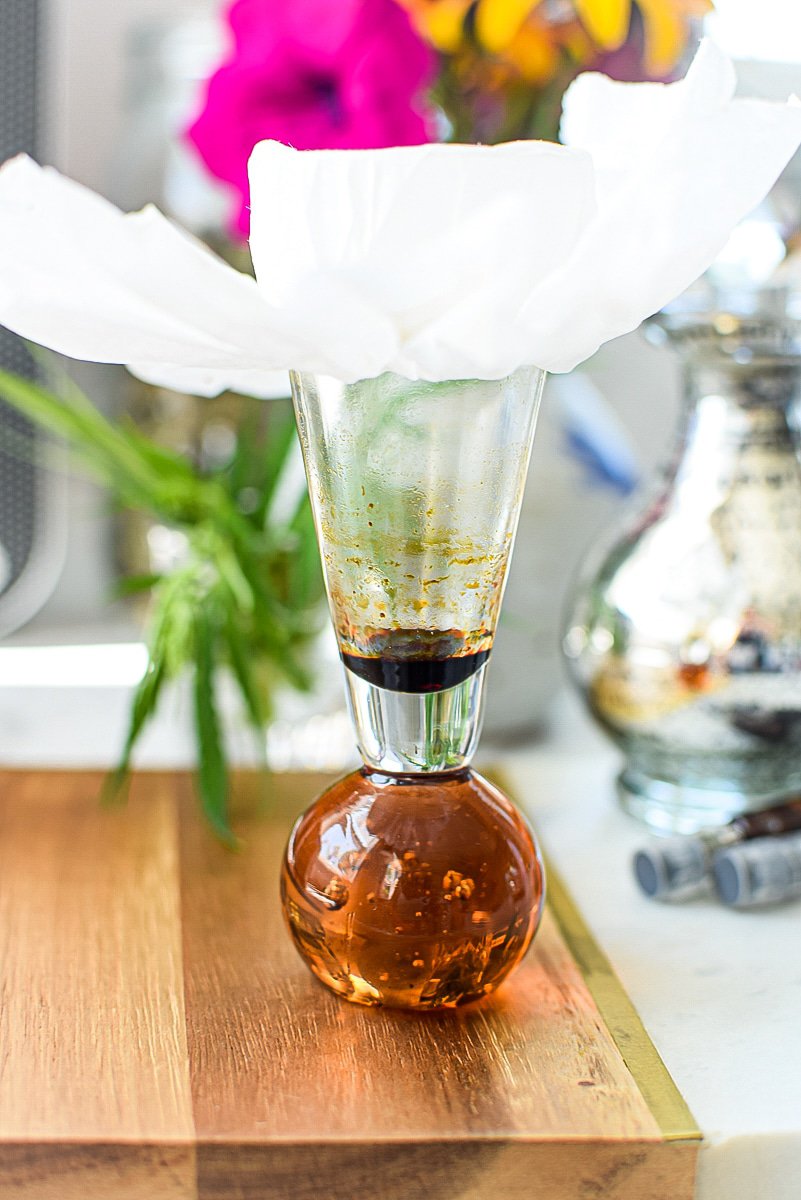
Indirect Heat Methods
We can safely speed up the evaporation process by introducing low heat without the use of flames.
Indirect heat is one of the safest, most popular methods to introduce heat for evaporation.
There are many simple ways to do this.
Here are ways my Well With Cannabis Community members have successfully used as indirect heat sources:
- A mini-crockpot
- Water bath in a crockpot
- Heating pad
- Coffee mug warmer
- Candle warmer
- Instant Pot
- Rice cooker
When introducing indirect heat, I suggest first placing the tincture in a glass mason jar.
This will collect the important concentrated tincture, or FECO left at the end of the process.
Below, I will give you a step-by-step of how I use a mini-crockpot to evaporate the alcohol from a tincture safely.
What You’ll Need
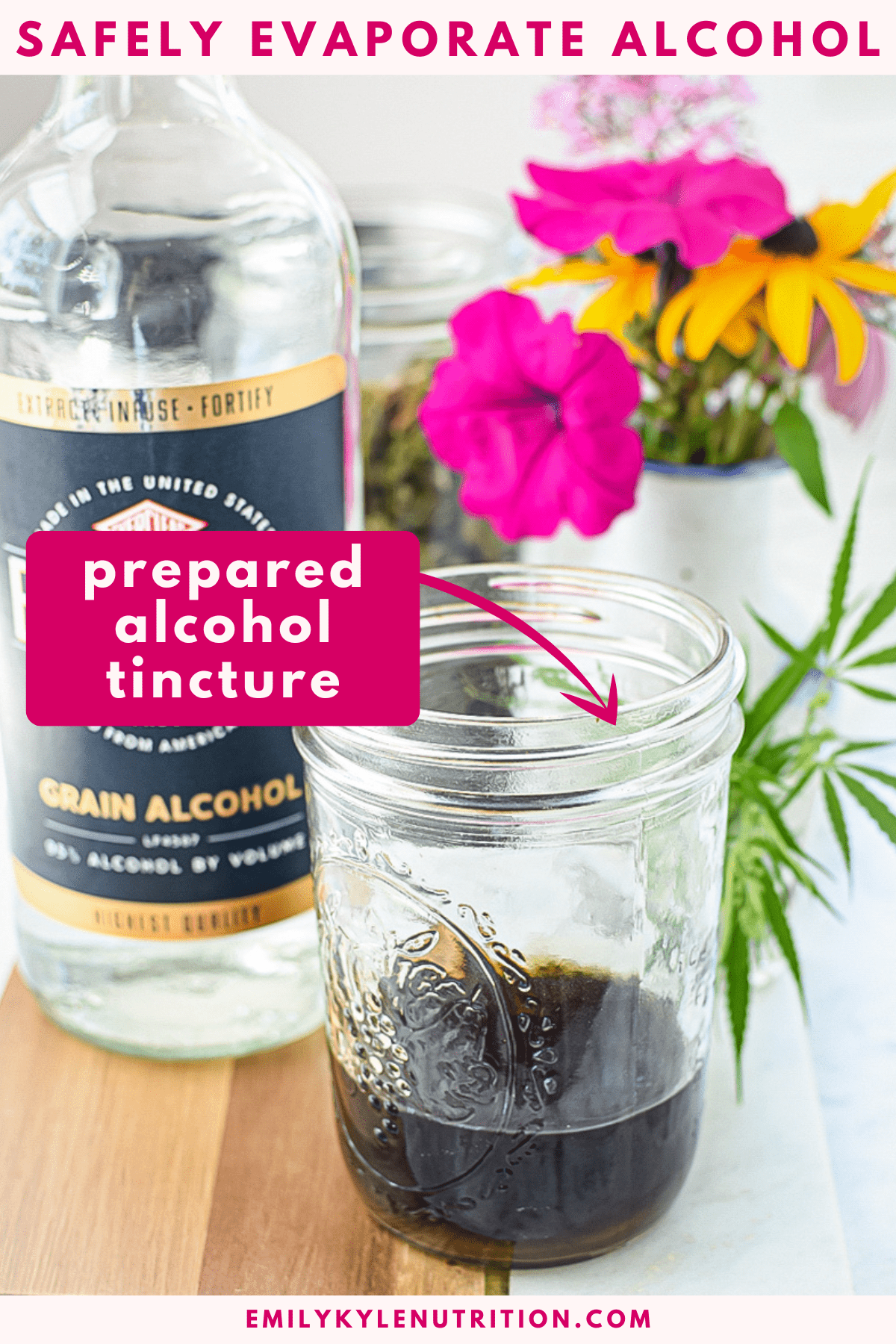
Note: This process will not work with oil-based tinctures like MCT oil. It MUST be an alcohol-based tincture.
- Alcohol-Based Cannabis Tincture Recipes:
Note: a complete list of ingredients with amounts and printable instructions is located in the recipe card below.
Step-by-Step Instructions
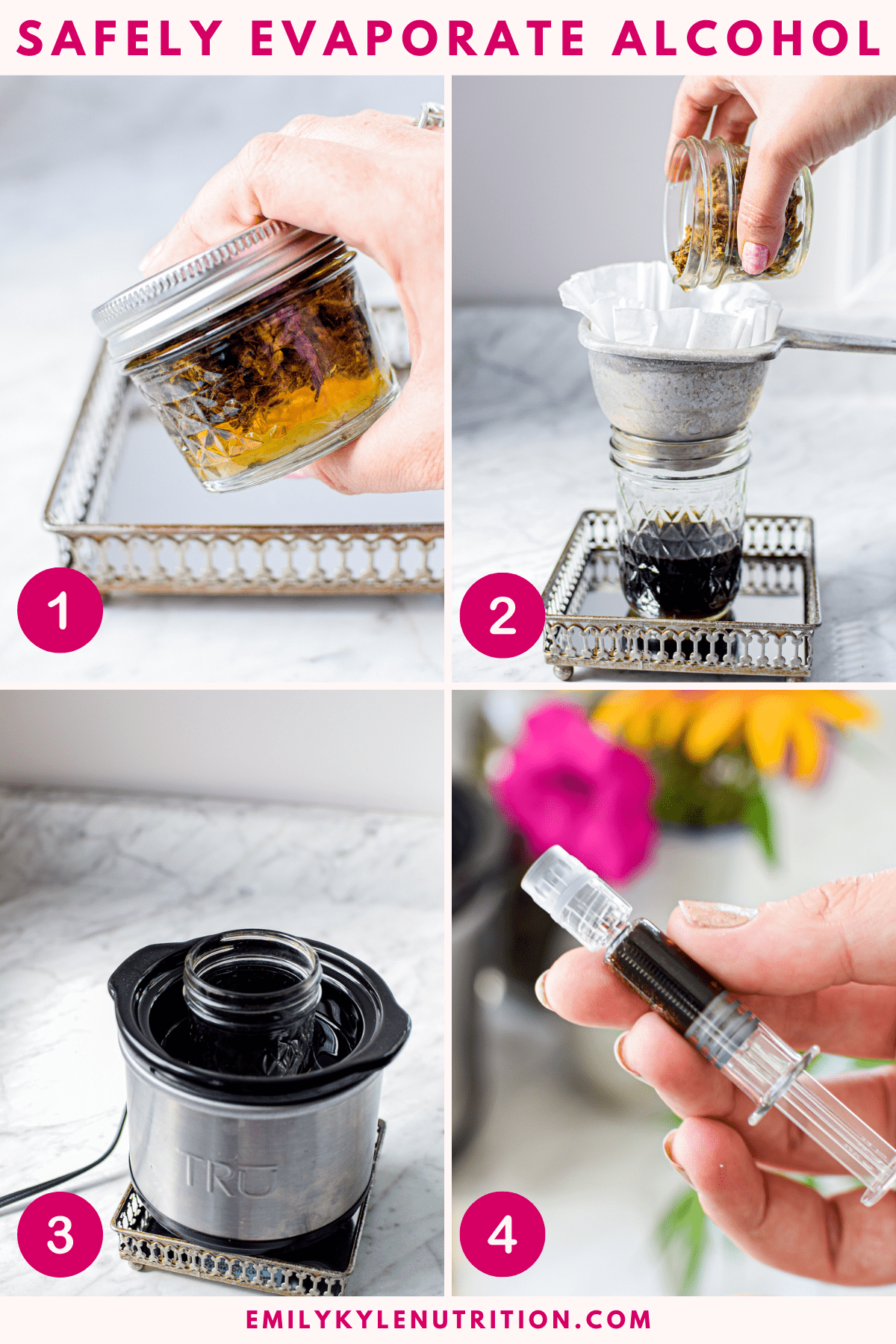
- Step 1 – If you haven’t already, prepare an alcohol-based tincture. Options include the Green Dragon, Golden Dragon, THCA tincture, CBDA tincture, or cannabis root tincture.
- Step 2 – Do not forget to strain the tincture; this is very important.
- Step 3 – Place the tincture in a mason jar that fits in the mini-crockpot. Carefully pour water into the crockpot, but around the jar, creating a water bath. Turn the mini-crock pot on warm and allow the water to heat up.
- Step 4 – Let the tincture sit in the water bath and wait. The warmth of the water bath will cause the alcohol to begin evaporating into the air. How long this will take will depend on the volume you start with.
- Note: You do not need to evaporate off all of the alcohol if you do not want to. By reducing just half of the alcohol, you will effectively double the potency of your tincture. How much you choose to evaporate, all comes down to personal preference.
Note: complete step-by-step printable instructions are located in the recipe card below.
Storage Instructions
Store your FECO in a glass syringe, capsule, or airtight glass container. Store in a cool, dark place like a medicine cabinet.
FECO can be stored in the refrigerator for longer-term storage and in the freezer for even more long-term storage (6+ months).
Learn more about how to store edibles here.
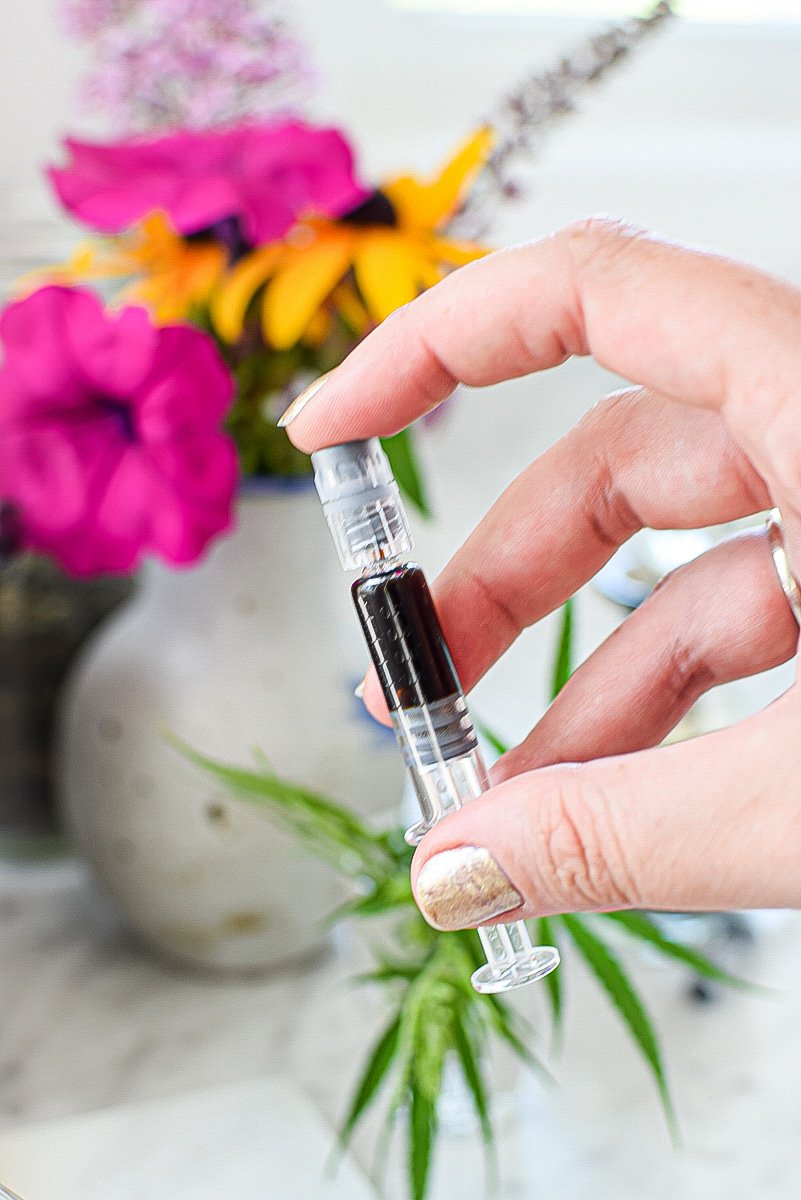
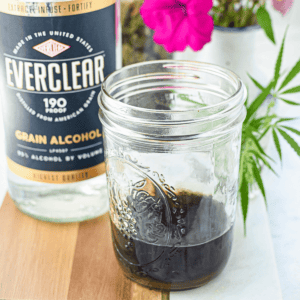
How to Evaporate Alcohol From Tinctures
Equipment
What You Need
- 8 ounces cannabis tincture *Any volume you desire
- 1 cup water
Instructions
- For your safety, I recommend you set this up this in a room with good ventilation, keep the windows open, with good moving airflow.
- Place your alcohol-based tincture into a mason jar that will comfortably fit in the mini-crockpot. Place the jar on the bottom of the crock pot.
- Carefully pour water around the jar and into the crockpot, creating a water bath. You do not need to use all of the water. Use enough to cover the contents in the jar, but not overflow.
- Turn the mini-crock pot on warm and allow the water bath to heat up. Be sure you do not have a lid on the jar, as this will slow or prevent the evaporation process.
- The time it takes to evaporate the alcohol will depend on the starting volume, or how much tincture you have.
- If you are working with non-cannabis herbs, you can evaporate 10-90% of the alcohol in your tincture. How much you evaporate will determine how strong your end product is. The more alcohol that evaporates away, the more concentrated the tincture becomes.
- If you are working with cannabis, the goal to make FECO is to reduce 95-100% of the alcohol. How long this takes will depend on the volume. For example, 1 cup of tincture will take approximately 4-5 hours to evaporate into FECO. More volume will mean more time, and less volume will mean less time.
- The alcohol will evaporate during the heating process, reducing the volume and leaving behind a thick, black, sticky substance. This black oil is your medicine, or FECO.
- If this black oil gets too sticky or hard to work with, add a few drops of alcohol or carrier oil to the jar and mix well to create a more viscous oil.
- Store your FECO in a glass syringe, capsule, or another airtight glass container. Store in a cool, dark place like a medicine cabinet.
Notes
Frequently Asked Questions
The length of time required to evaporate alcohol depends on many factors, including volume, temperature, and airflow. For example, 1 cup of tincture took approximately 4-5 hours to evaporate into FECO. More volume will take longer, and less will be shorter.
Check out this guide here, where you can discover how to order high-proof grain alcohol online and have it shipped to your door or learn more about what to ask for when visiting your local liquor store.
These are just two different tincture-making methods. The Green dragon involves a long soak of 24 hours or more, and the Golden dragon involves the freezer and a short soak of a few minutes. You can learn more about the potency differences in these methods here.
If you started with an alcohol-based tincture, yes. The alcohol will evaporate during the cooking process, reducing the volume and leaving behind a thick, black, sticky substance. This black oil is FECO or your medicine.
Actually, yes! The easiest way I’ve found to evaporate the alcohol naturally is to place the tincture on something and allow the alcohol to evaporate off naturally, like with these store-bought gummies. Or you could follow this recipe for gummies made with tincture.
If you have questions or are looking for guidance on your journey, I definitely recommend joining the Well With Cannabis Community, where you can ask questions and get support.
Recipes To You Make With Your Tincture
Articles & How-To Guides
How to Use A Cannabis Tincture: Step-by-Step Guide
Cannabis Infusions & Extractions
How to Make Full-Extract Cannabis Oil (FECO)
Cannabis Dessert Recipes
How to Make Cannabis Sugar – Quick & Easy Guide
Cannabis Drink Recipes

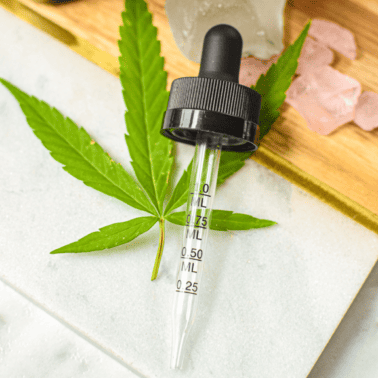
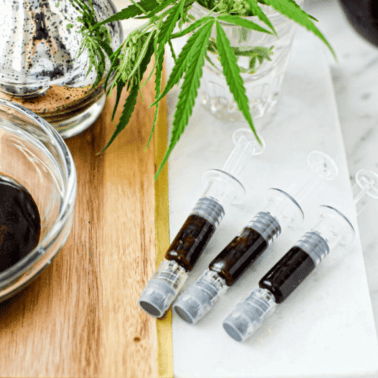
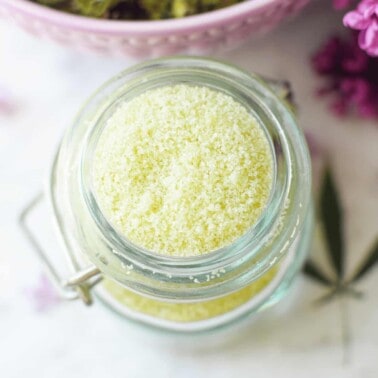
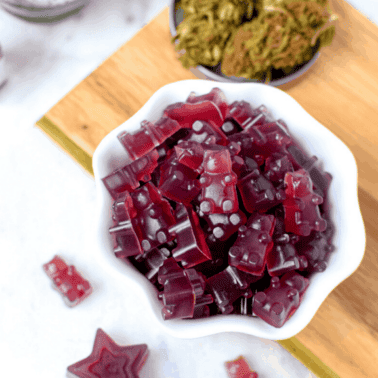
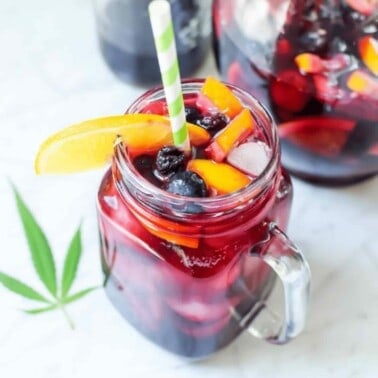
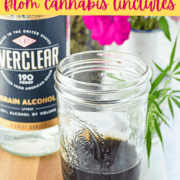








Hi, I have a mini instant pot that doubles as a crockpot. I assume I can use this? Also, it looks like you don’t put the lid on the crockpot during this process? you leave both mason jar, and crockpot uncovered?
Hell Doug. Yes, that would be fine. No lid on either, although if you find you are losing too much water in the crockpot, you can replenish it if needed 😀
After the evaporation of 50 percent of the alcohol.
Should it be topped off with honey or something else?
Will that weaken the tincture?
I use tincture to make gummy bears.
Just don’t what to do after evaporation.
Thank you
HI Loretta. After the evaporation of 50% of the alcohol in your tincture, you can definitely top it off with honey or another sweetener. Just keep in mind that adding honey might slightly dilute the tincture’s potency, but it shouldn’t weaken it significantly. If you’re using the tincture for making gummy bears, the flavor will likely enhance with the addition of honey. Just make sure to adjust your recipe accordingly. Happy gummy bear making!
You mention that you can remove up 90% of the alcohol in a herbal tincture with this method buy up to 100% of the alcohol with a cannabis tincture. Why does a non cannabis herbal tincture retain 10% alcohol?
Great question, Natalie! The reason a non-cannabis herbal tincture retains about 10% of the alcohol, even after using the removal method, often comes down to the solubility of the herbal compounds. Some components in the herbs may bind with the alcohol, making it more challenging to remove completely. Thanks for bringing this up!